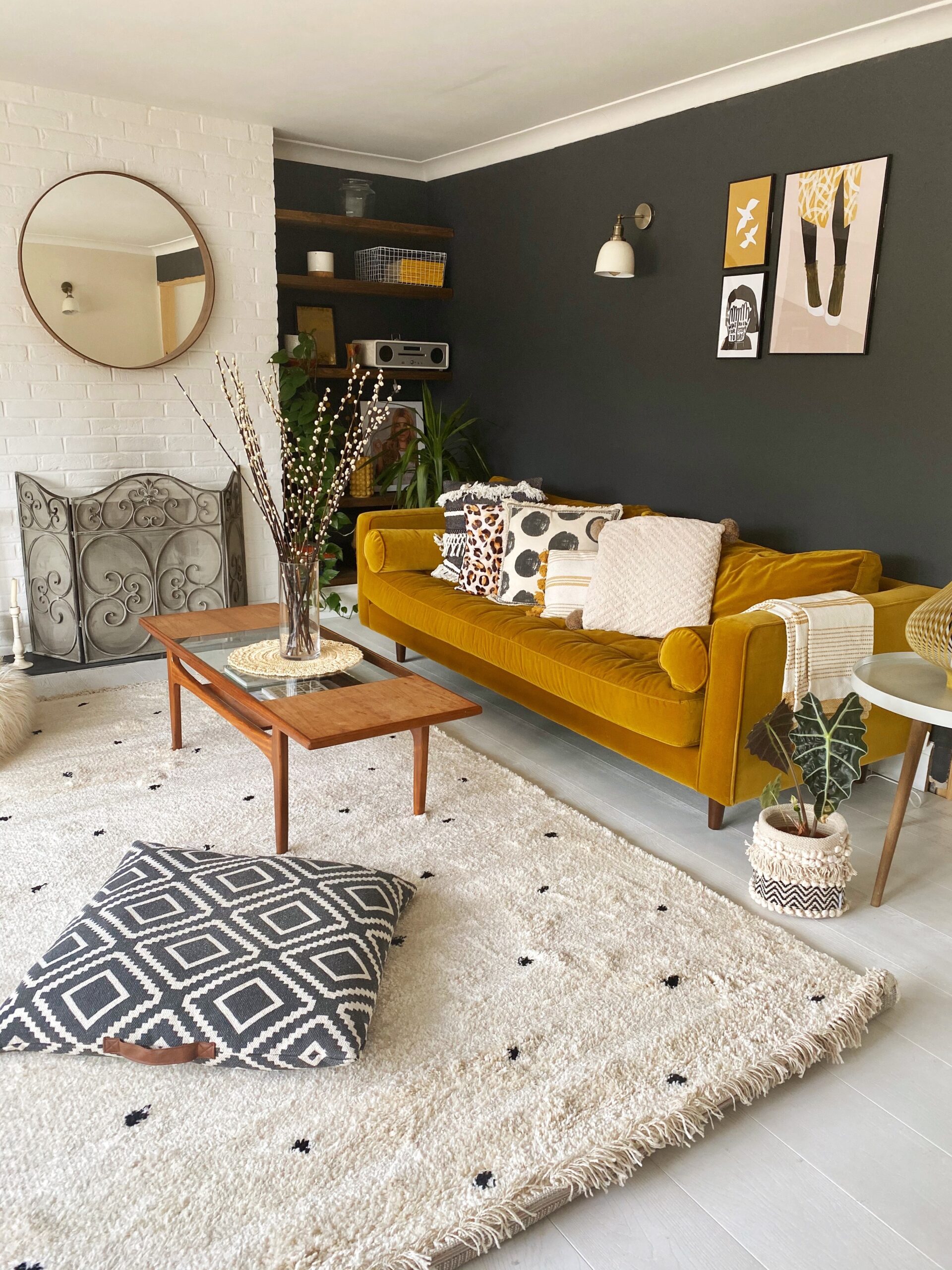When you declutter and organise your living space, the end result is a tidy home. But the benefits are much greater than that. Research has shown that living in an uncluttered environment can make us feel calmer, more relaxed, and better able to focus. It can also save time and money because you don’t need to search for items ever again or buy duplicates because you know where everything is.
As a professional organiser, I help people to tidy up their homes and offices using the method developed by Japanese tidying expert Marie Kondo.
Here I share some tips based on her method to get you started.
1. Before you start, think about why you want to tidy. What will your ‘new’ home look like? How will you feel? What things will you be doing at home once you’ve finished tidying? Thinking about this deeply will get you going, keep you motivated, and help with deciding which items to keep or discard.
2. Go through your items one by one. Keep only those that you truly love, and that you actually use. Papers, such as bills and financial documents, might not be something that you love. In this case, imagine how it will make your life easier if you need a certain document in the future, and you’ve kept it and you know where it is.
3. Focus on what you’d like to keep, rather than on discarding, as this gives a more positive focus. Getting rid of things we don’t like isn’t the same as choosing things that we love. To make decluttering easier and more enjoyable, choose what sparks joy, instead of choosing what to discard.
4. When letting go is difficult, say thank you or make a photo. When you find it hard to part with an item, show it some gratitude. For example, say or think “Thank you lovely sweater for keeping me warm on cold days, but you’ve got too many holes now.”
Research has shown that taking a photo of items can make the process of letting go easier too.
5. Declutter by category, not location. Don’t tackle one drawer or room at a time, but work on categories. This will make you see the true volume of what you own and identify any duplicates. Tidying by location can be a stop-gap solution, whilst you want to aim for a permanently tidy home. Tidying by category will also help with effective storage.
6. To avoid overwhelm, try working through your items in a specific order. Start with clothes, then move on to books, followed by papers. After that, ‘komono’ or miscellaneous. This is everything that doesn’t belong in the previous categories. Divide this category into subcategories, such as stationery, kitchen items, personal care products. Go through your sentimental items last.
7. Now a few words about effective storage. Store everything by category and subcategory as much as possible. This will avoid ‘rebound’ (you don’t want to declutter and organise again in a few months’ time!), and it will help you to remember where everything is. No more searching for items! Also, store items upright where possible, rather than piling things up.


There’s so much more to say about decluttering and storage. I could fill a whole page about how to organise your wardrobe alone. You might have heard about the clothes folding technique used by Marie Kondo, and her tips and tricks for those clothes that need to be hung (like by like, hang in an upward line, sort by colour), but that’s perhaps for another time.











